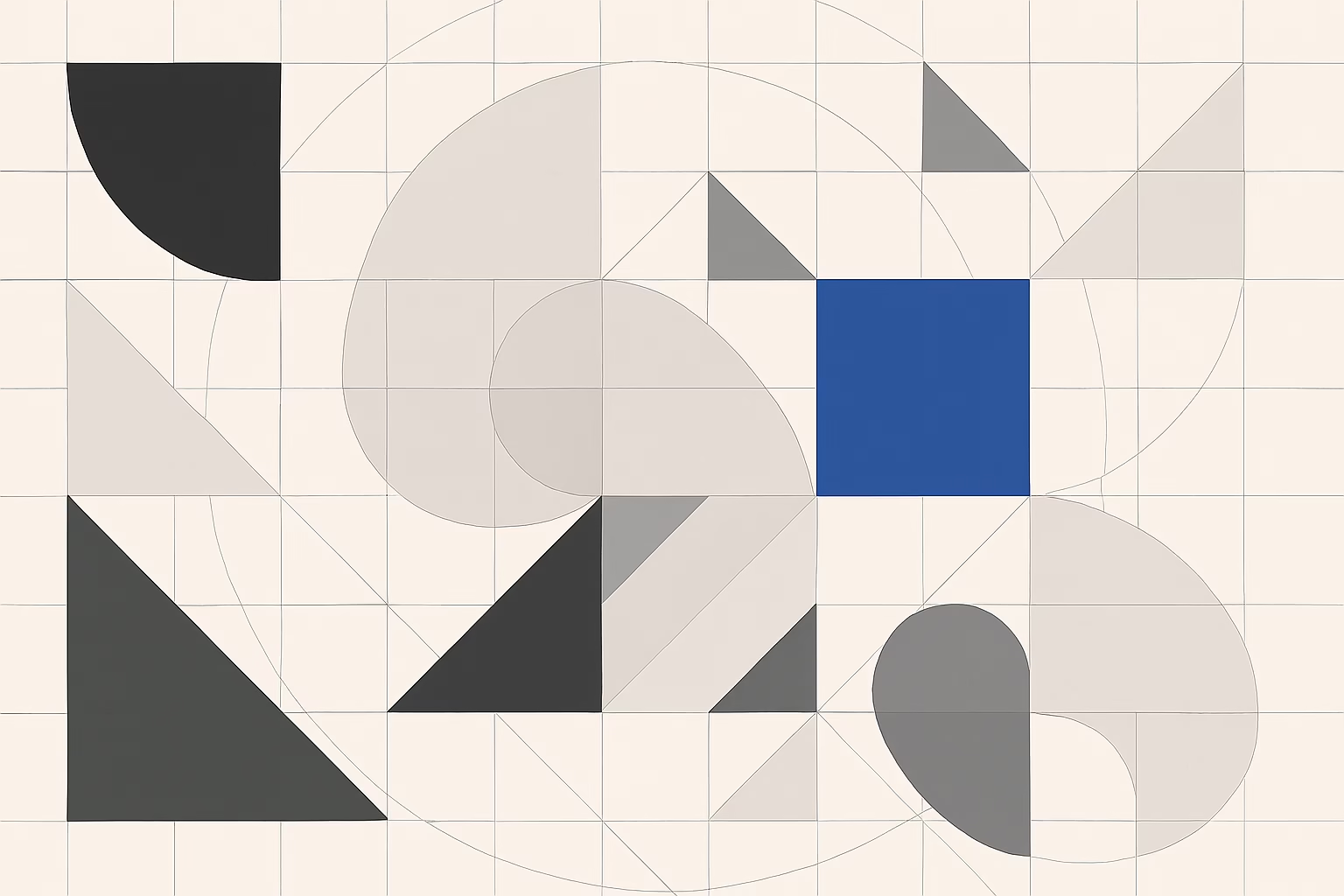In today’s dynamic work environment, remote collaboration is no longer a temporary adjustment—it’s a core element of modern UX design and development. As teams spread across different time zones and cultures, the ability to collaborate effectively becomes critical. This post outlines actionable strategies and essential tools to help remote UX teams stay connected, creative, and productive, ultimately leading to innovative design outcomes.
The Rise of Remote UX Collaboration
Remote work has transformed the way design teams operate. With advances in technology and shifting workplace expectations, remote collaboration offers a host of benefits for UX teams:
- Access to Global Talent: Harness diverse perspectives and expertise from around the world.
- Flexibility: Enable team members to work during their most productive hours, leading to improved creativity.
- Cost Savings: Reduce overhead expenses by minimizing office space and related costs.
- Scalability: Easily integrate new team members or adapt workflows as projects grow.
However, remote work also presents challenges such as communication barriers, misaligned expectations, and potential isolation. Addressing these issues head-on is key to thriving in a remote UX environment.
Best Practices for Effective Remote UX Collaboration
1. Establish Clear Communication Channels
Centralize Communication:
- Use platforms like Slack or Microsoft Teams to create dedicated channels for design discussions.
- Separate channels by project, topic, or design phase to avoid information overload.
Regular Meetings:
- Schedule recurring virtual standups, brainstorming sessions, and review meetings to maintain alignment.
- Utilize video conferencing tools (such as Zoom or Google Meet) to facilitate face-to-face interaction and build team rapport.
2. Leverage the Right Tools for Design Collaboration
Design & Prototyping:
- Figma: A cloud-based design platform that enables real-time collaboration on layouts, prototypes, and design systems.
- Adobe XD: Offers collaboration features that streamline feedback and iterations.
Project Management & Organization:
- Notion or Trello: Help organize tasks, timelines, and deliverables while promoting transparency across the team.
- Miro: Use digital whiteboards for brainstorming, wireframing, and mapping user journeys collaboratively.
Integrating these tools into your workflow can streamline processes, ensuring that everyone stays on the same page—even when miles apart.
3. Create a Robust Design System
Consistency Across Projects:
- Develop a comprehensive design system that includes guidelines for typography, colors, components, and interaction styles.
- Document design principles and component libraries so that all team members, regardless of location, adhere to a unified style.
Version Control:
- Use versioning tools or cloud-based design repositories that track changes, making it easier to coordinate updates and feedback.
A consistent design system reduces discrepancies and promotes efficient teamwork, leading to a more impactful final product.
4. Foster a Collaborative and Inclusive Culture
Encourage Open Feedback:
- Create a safe space where team members at all levels are encouraged to share ideas and constructive criticism.
- Implement regular design critique sessions to gather diverse perspectives and continuously improve the product.
Build Team Bonds:
- Organize virtual coffee breaks, team-building activities, or informal catch-ups to strengthen personal connections.
- Celebrate milestones and successes together, fostering a sense of camaraderie and shared purpose.
An inclusive, communicative culture boosts morale and reinforces commitment, even when working remotely.
5. Optimize for Asynchronous Work
Document Everything:
- Keep detailed records of design decisions, meeting notes, and project updates to ensure information is accessible at any time.
- Use collaborative documents and shared folders so that team members can review and contribute on their own schedule.
Set Clear Expectations:
- Define response times, meeting deadlines, and project milestones to minimize confusion and keep projects on track.
- Leverage time zone overlaps for synchronous activities while relying on asynchronous tools for most daily interactions.
Embracing asynchronous workflows allows teams to tap into peak productivity moments, irrespective of geographical differences.
Quick Reference: Best Practices for Remote UX Teams
| Practice | Action Points | Recommended Tools |
|---|---|---|
| Centralize Communication | Create dedicated channels; schedule regular video meetings | Slack, Microsoft Teams, Zoom, Google Meet |
| Collaborative Design | Utilize cloud-based design platforms for real-time collaboration | Figma, Adobe XD |
| Design Systems | Build and maintain a unified design language; use version control systems | Zeroheight, Figma Libraries |
| Project Organization | Organize tasks and timelines; document all decisions | Notion, Trello, Miro |
| Foster Team Culture | Hold regular critiques; encourage informal catch-ups; celebrate milestones | Virtual team-building apps, Zoom |
| Optimize Asynchronous Work | Document processes thoroughly; define clear response times and deadlines | Google Docs, Confluence |
Final Thoughts
Remote UX collaboration is both an art and a science. By focusing on clear communication, leveraging the appropriate tools, establishing robust design systems, and fostering an inclusive, flexible culture, design teams can overcome the challenges of dispersed workforces. Ultimately, this leads to a more innovative, cohesive approach to UX design—one that can adapt to the ever-changing digital landscape.
How does your remote team stay connected and creative? Share your insights in the comments, and let’s continue the conversation on how to build effective, innovative remote UX teams.
Additional Resources
- Guides & Articles:
- Tools & Platforms:
Are you ready to take your remote UX collaboration to the next level? Whether you’re refining your team’s communication or exploring new tools, every strategy is a step toward a more creative and connected workflow. Let’s keep driving innovation in remote design together!


